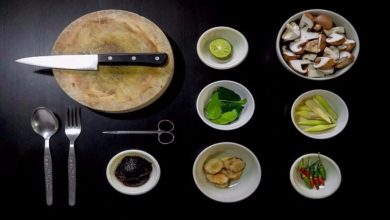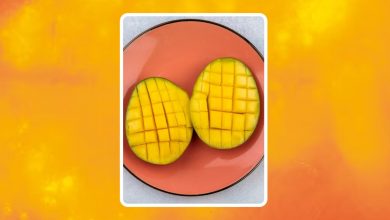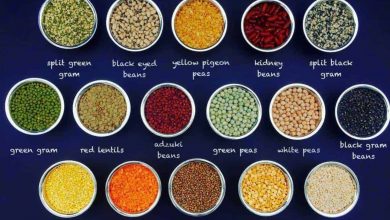A Culinary Journey to Discover the Rich Flavours of Mughlai Cuisine
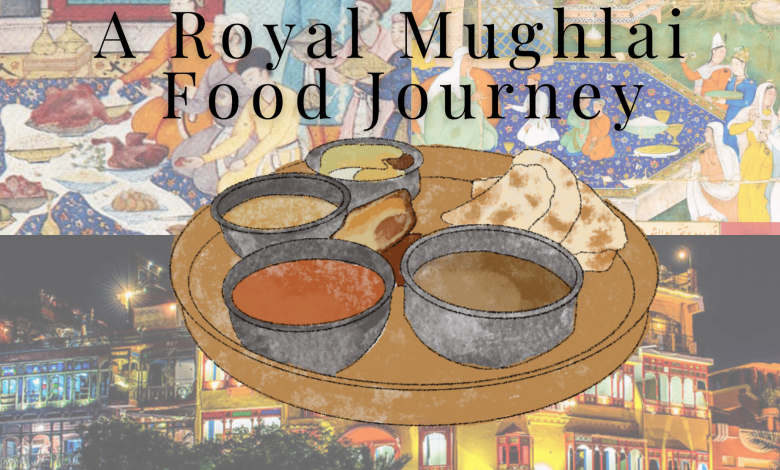
Step into the world of Mughlai cuisine, where every bite is a symphony of flavors that dance on your taste buds. Originating from the royal kitchens of the Mughal Empire, Mughlai food has a rich history and a distinctive blend of spices, herbs, and techniques that make it a culinary delight. In this blog, we’ll take you on a mouthwatering journey through the heart of Mughlai cuisine, exploring its origins, key ingredients, and some must-try dishes.
1. The Roots of Mughlai Cuisine
Mughlai cuisine traces its roots back to the Mughal Empire, which ruled over the Indian subcontinent from the early 16th to the mid-19th century. The Mughals, with their love for art, culture, and fine living, left an indelible mark on the culinary landscape. The fusion of Central Asian and Indian culinary traditions gave birth to the unique flavors of Mughlai cuisine.
Key Ingredients
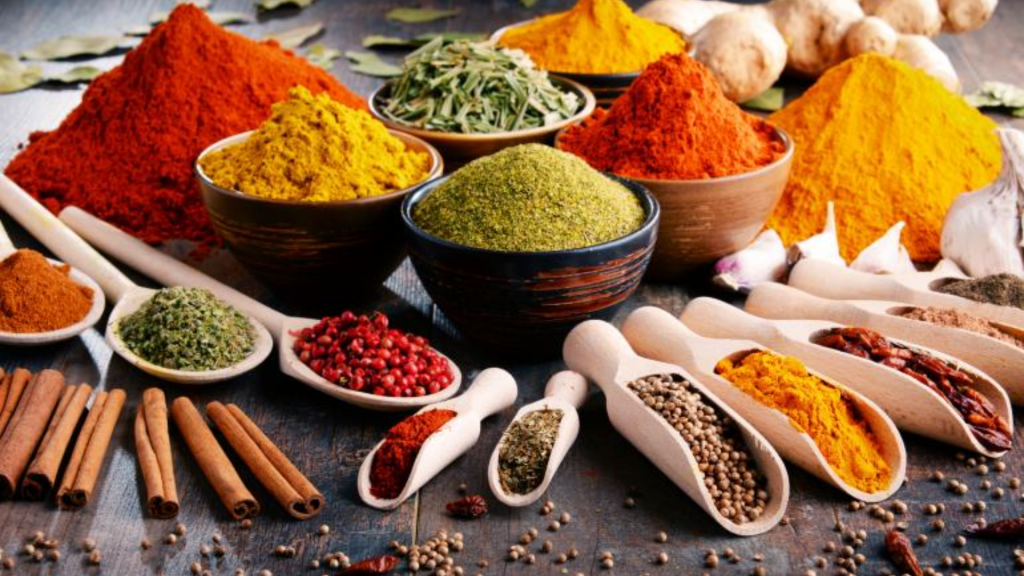
- Spices: Mughlai dishes are known for their rich and aromatic spices. Common spices include cardamom, cloves, cinnamon, cumin, and coriander, which are skillfully blended to create complex and flavorful profiles.
- Dry Fruits and Nuts: Almonds, cashews, and raisins add a touch of luxury to Mughlai dishes. These ingredients not only enhance the taste but also contribute to the richness and texture of the dishes.
- Meat: Mughlai cuisine is predominantly non-vegetarian, with a focus on meats such as lamb, chicken, and beef. The Mughals were known for their elaborate meat preparations, often cooked with a variety of spices to create mouthwatering gravies.
- Dairy: Ghee, cream, and yogurt are frequently used in Mughlai cooking. They add a creamy texture to the dishes and help balance the bold flavors of the spices.
- Saffron and Rose Water: These ingredients are often used to infuse a subtle floral aroma into Mughlai dishes. Saffron, with its vibrant color, is a signature element in many Mughlai recipes.
2. Must-Try Mughlai Dishes
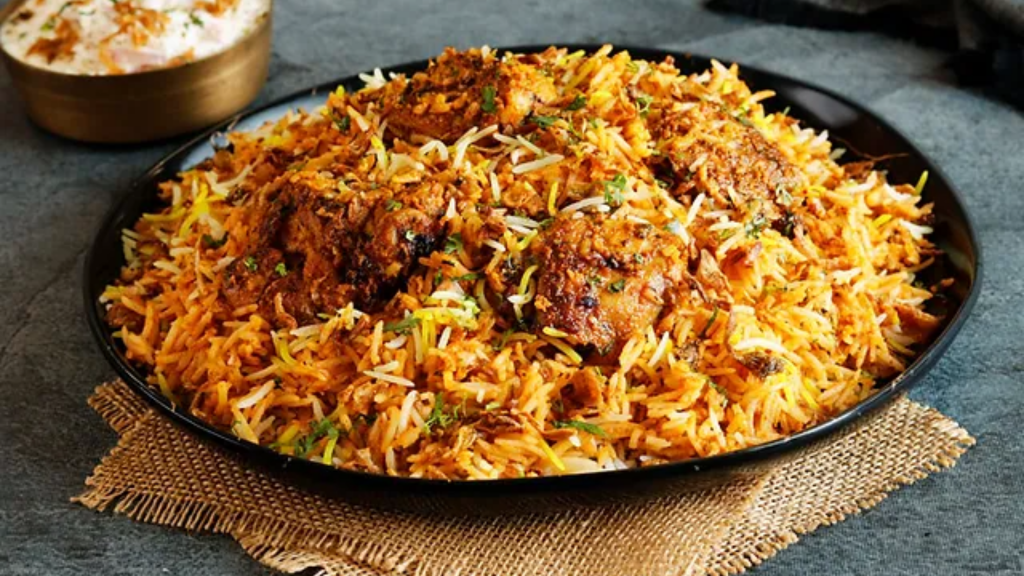
Biryani: Perhaps the crown jewel of Mughlai cuisine, biryani is a fragrant rice dish cooked with aromatic spices and layered with marinated meat. The slow-cooking process allows the flavors to meld, creating a dish that is both flavorful and satisfying.
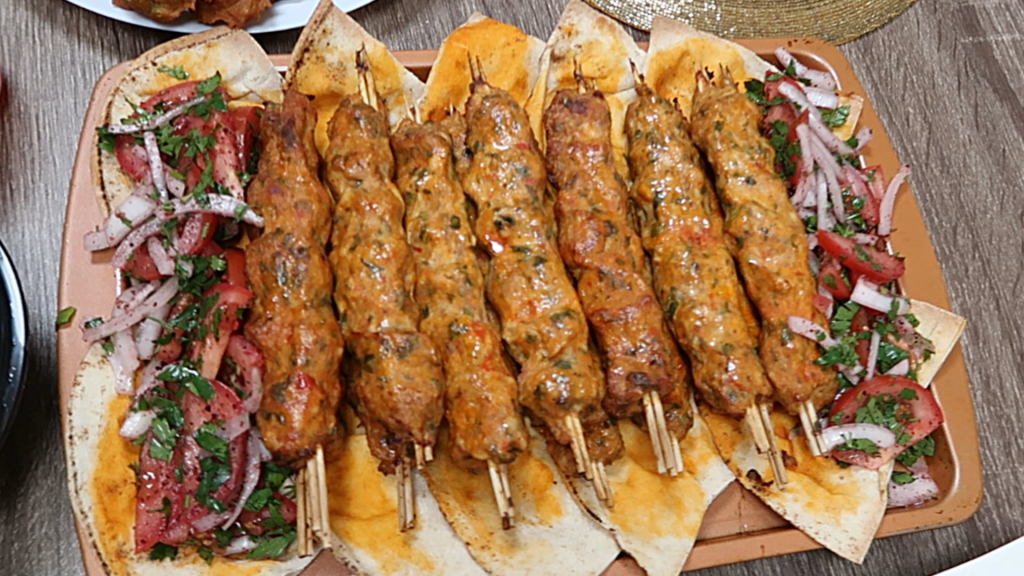
Kebabs: Mughlai kebabs are renowned for their succulence and unique marinades. Seekh kebabs, made with minced meat and spices, and chicken tikka, marinated and grilled to perfection, are popular choices.
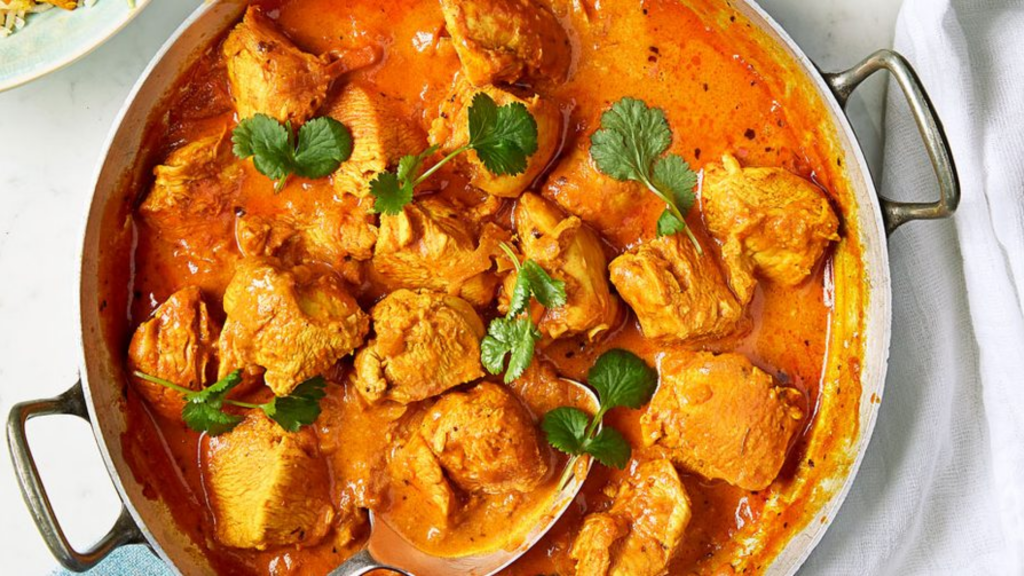
Butter Chicken: This creamy and mildly spiced curry is a favorite worldwide. Tender pieces of chicken are cooked in a rich tomato and butter-based gravy, creating a dish that is both indulgent and comforting.
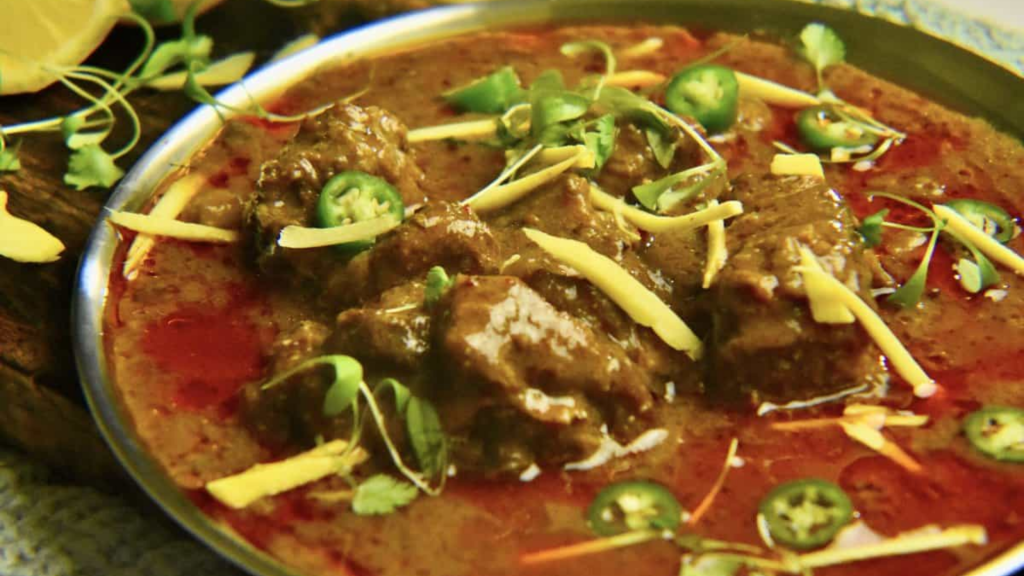
Nihari: A slow-cooked stew, Nihari is traditionally enjoyed for breakfast. It features tender pieces of meat simmered in a flavorful broth, often accompanied by naan bread.
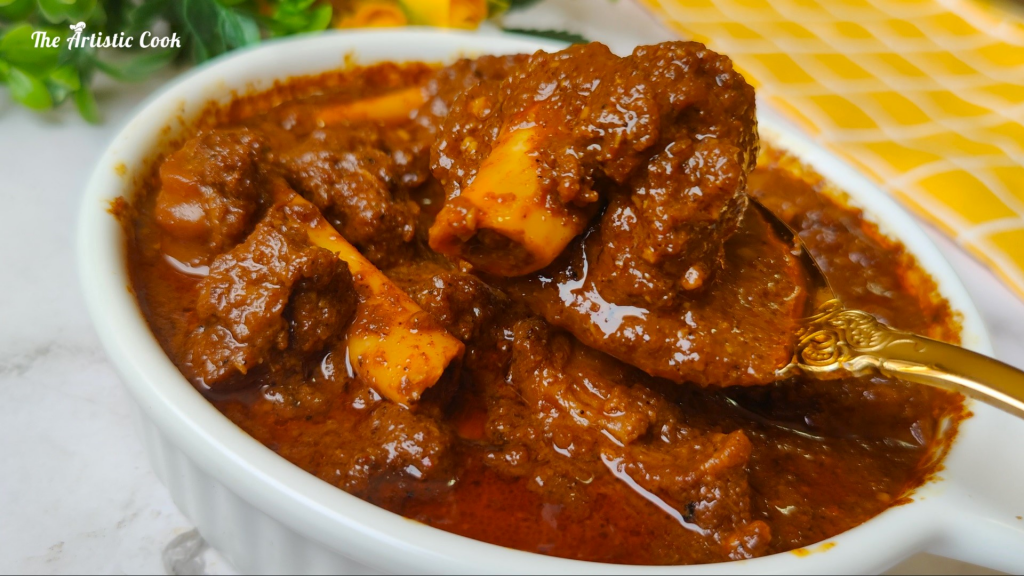
Korma: A mild and creamy curry, korma is made by slow-cooking meat in a yogurt and nut-based gravy. The result is a dish that is rich, aromatic, and full of flavor.
3. The Mughlai Dining Experience
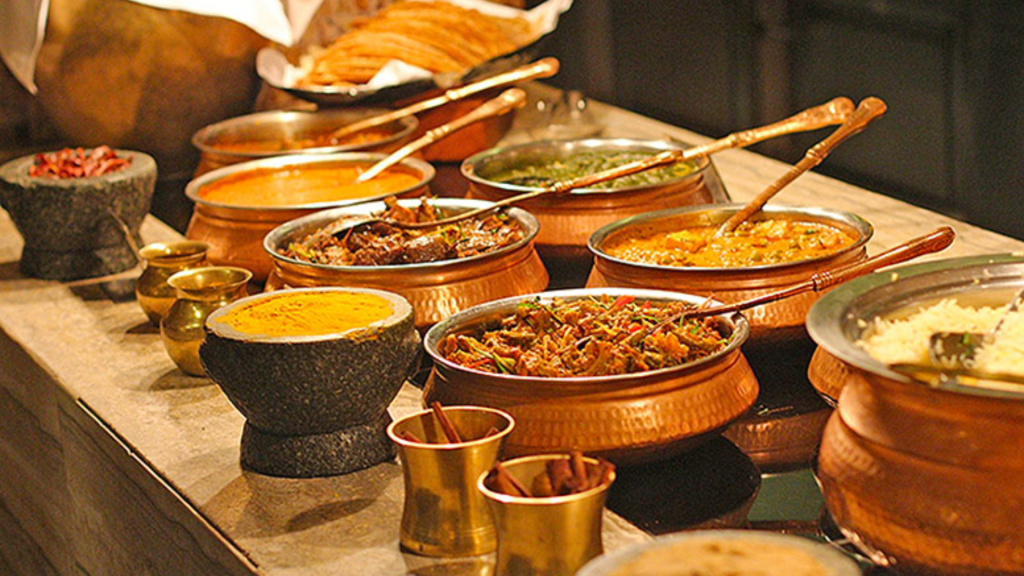
Mughlai dining is not just about the food; it’s a holistic experience that combines flavors, aromas, and ambiance. Traditional Mughlai restaurants often feature opulent decor, with intricate artwork and luxurious furnishings reminiscent of the Mughal era. The dining experience is meant to transport diners to a bygone era of grandeur and sophistication.
The art of presentation is also crucial in Mughlai cuisine. Dishes are often garnished with silver or gold leaf, and the use of copper and brass serving utensils adds to the regal charm.
4. Cooking Techniques
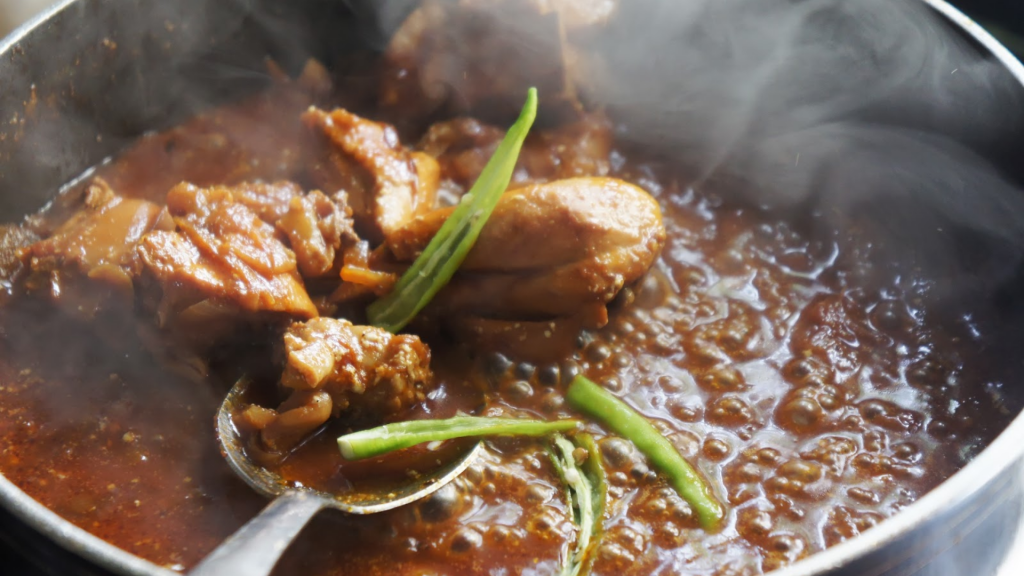
Mughlai cuisine is known for its meticulous cooking techniques, which involve slow-cooking, marination, and the use of a variety of utensils. Here are some key techniques:
- Dum Pukht: This slow-cooking method involves sealing the pot with dough to trap the flavors and aromas. The result is a dish that is infused with the essence of the spices and ingredients.
- Marination: Meats are often marinated for an extended period, allowing the flavors to penetrate and tenderize the meat. Yogurt, spices, and sometimes papaya are used in the marination process.
- Tandoor Cooking: The tandoor, a traditional clay oven, is widely used in Mughlai cuisine to cook bread and kebabs. The high heat imparts a smoky flavor and a unique texture to the dishes.
5. Mughlai Cuisine Beyond Borders
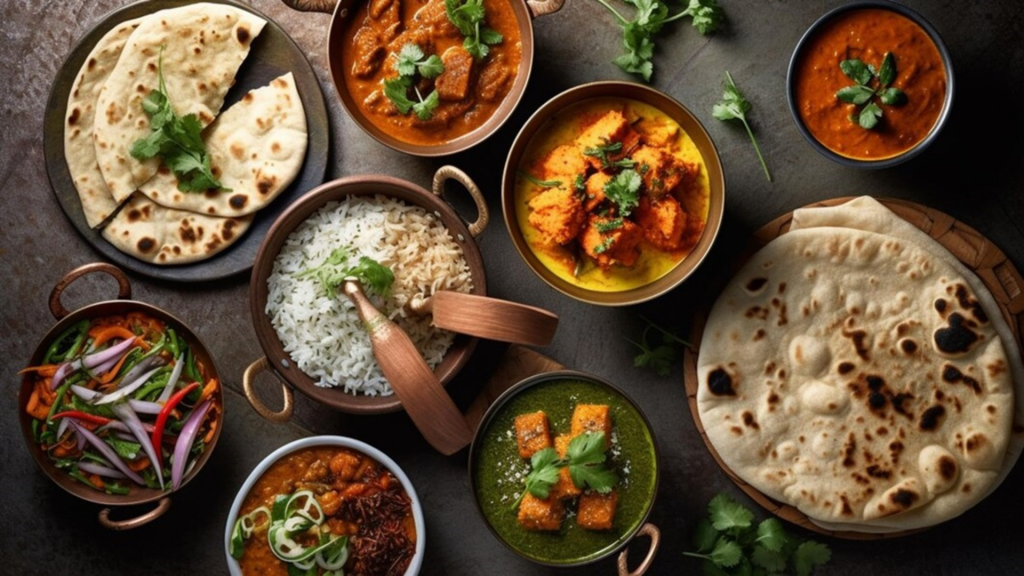
While Mughlai cuisine has its roots in India, its influence has spread far and wide. The intricate flavors and aromatic spices have captured the taste buds of people around the world. Many Mughlai dishes have been adapted to suit local palates, making it a global culinary phenomenon.
Conclusion
In conclusion, Mughlai cuisine is a celebration of flavors, history, and culinary artistry. From the royal kitchens of the Mughal Empire to the plates of food enthusiasts worldwide, the legacy of Mughlai cuisine continues to enchant and delight. Whether you’re savoring the rich biryanis, indulging in succulent kebabs, or enjoying the creamy curries, Mughlai food is an experience that transcends time and borders. So, the next time you embark on a culinary adventure, consider immersing yourself in the regal world of Mughlai cuisine – a journey your taste buds won’t soon forget.

